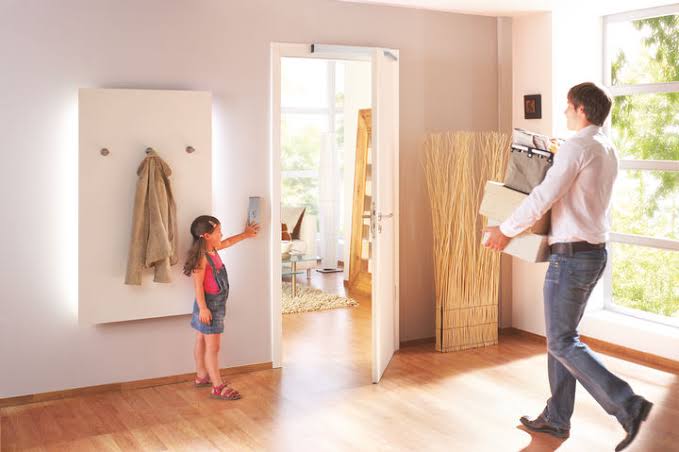
Creating an accessible home is a crucial step in ensuring comfort and independence for everyone, regardless of physical abilities. As our understanding of disabilities evolves, so do the technology and design strategies available to accommodate diverse needs. Whether you’re working with a modest budget or have room for luxury upgrades, there are countless ways to make your home more accessible.
Here, we explore practical solutions that can transform your living space into a welcoming haven for all.
Budget-Friendly Modifications
Ramps and Thresholds:
For those on a tight budget, portable ramps can be a cost-effective solution for overcoming small steps and thresholds. These ramps can be placed over existing steps and are easily removable, making them a flexible option for renters and homeowners alike. They provide immediate access without the need for permanent alterations.
Smart Lighting:
Installing smart bulbs can significantly enhance accessibility at home. These bulbs can be controlled via smartphones or voice-activated assistants, making it easier for individuals with mobility challenges to manage lighting without needing to reach for switches. Smart lighting is not only practical but also energy-efficient, reducing electricity bills over time.
Grab Bars and Handrails:
Adding grab bars in bathrooms and along staircases is a simple yet effective way to improve safety. These installations provide crucial support and can be installed by a professional or as a DIY project. Available in various designs, they can complement your home’s decor while offering vital assistance.
Mid-Range Solutions
Accessible Bathroom Fixtures:
Upgrading to accessible bathroom fixtures like walk-in tubs or roll-in showers can make a significant difference. These options allow for independent bathing and reduce the risk of falls. While they require a higher initial investment, they add value to your home and greatly enhance daily living.
Wider Doorways:
Consider widening doorways to accommodate wheelchairs and walkers. This modification may involve some structural work but is essential for creating an open and accessible environment. Sliding or pocket doors can also be a space-saving alternative, offering easy access without swinging into occupied spaces.
Voice-Activated Home Systems:
Investing in a voice-activated home system can greatly enhance the accessibility of your living space. Systems like Amazon Alexa or Google Assistant can control everything from thermostats to security systems, providing seamless operation for individuals with mobility or dexterity issues.
High-End Transformations
Elevators and Stair Lifts:
For those with a more substantial budget, installing a residential elevator or stair lift can revolutionize your home’s accessibility. These installations provide safe and effortless navigation between floors, accommodating wheelchairs and reducing physical strain.
Smart Home Integration:
Integrating smart home technology can offer a comprehensive accessibility solution. From automated window blinds to programmable kitchen appliances, these systems allow for complete control over your environment, tailored to specific needs and preferences.
Customizable Garage Doors:
Upgrading to customizable garage doors can improve accessibility and security. Modern options include doors with remote access and control, providing ease of operation for individuals with mobility challenges. This is especially relevant for homeowners considering garage doors in Salt Lake City, where weather conditions can vary and require durable, user-friendly solutions.
Innovative Ideas for an Accessible Home
Furniture on Castors:
Incorporating furniture on castors allows for easy rearrangement of living spaces, providing flexibility and accommodating various accessibility needs.
Adjustable Countertops:
Installing adjustable countertops in kitchens and bathrooms can cater to both seated and standing users, making meal preparation and personal grooming more convenient.
Visual Alerts:
For individuals with hearing impairments, installing visual alert systems for doorbells and alarms ensures they remain informed and safe at all times.
Creating an accessible home involves thoughtful planning and a willingness to invest in modifications that promote independence and safety. By considering the specific needs of residents and exploring various solutions, homeowners can transform their living spaces into inclusive environments that cater to everyone. Whether making simple changes or undertaking comprehensive renovations, the goal is to create a home where comfort and accessibility go hand in hand.
